The year 2024 for business units
We succeeded again in achieving our climate targets and maintaining an excellent level in . We increased our customer numbers in consumer and corporate sectors.
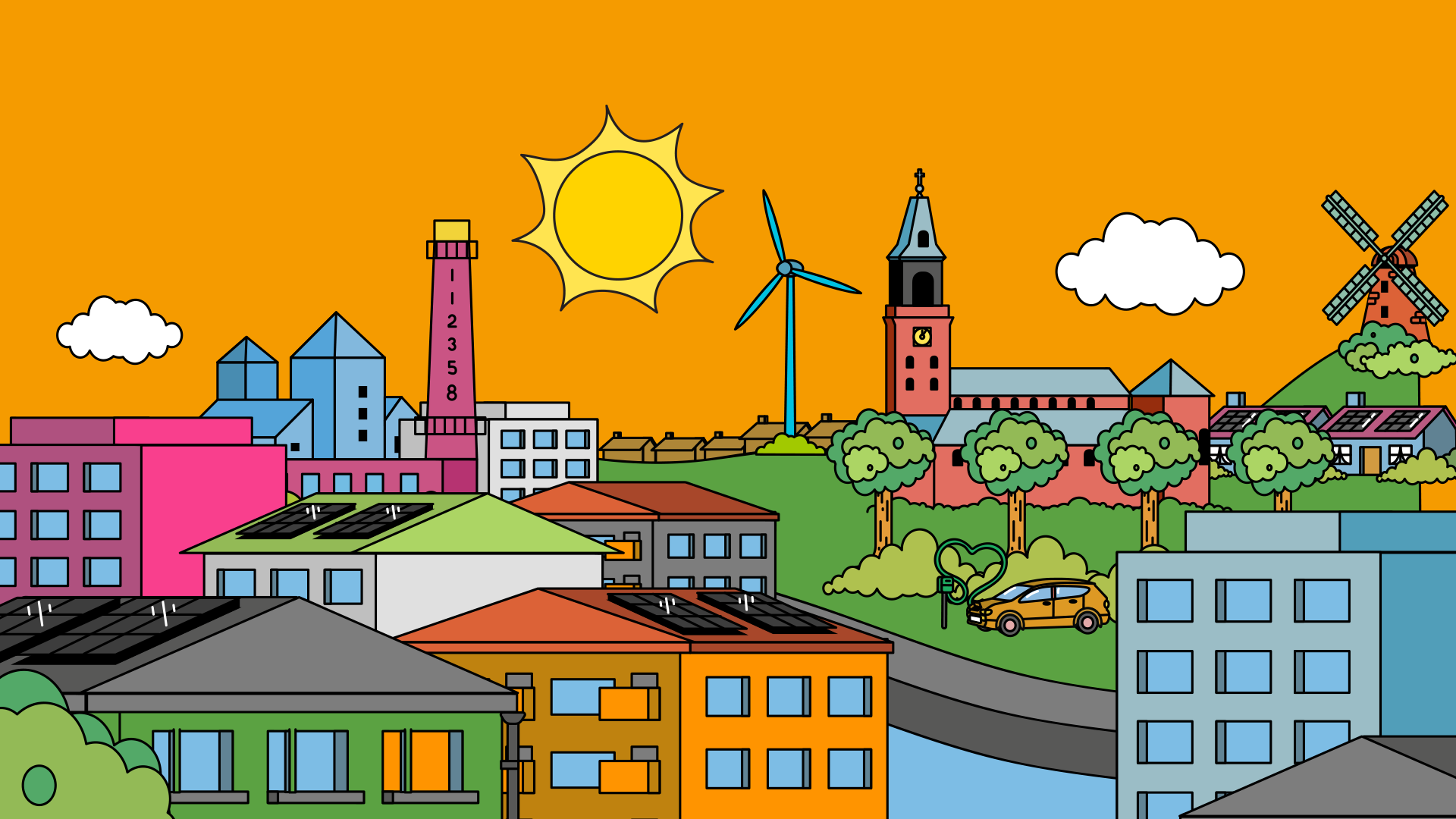
Turku Energia Group’s turnover fell from the previous year and was EUR 388.3 million (2023: EUR 408.4 million). This drop was primarily due to a decrease in the market price of electricity. The operating profit of the Turku Energy Group, EUR 19.1 million, decreased from EUR 24.9 million in the previous year. Group profit for the financial year rose from EUR 24.4 million in the previous year to EUR 27.3 million.
In June, a decision was made to permanently close the last coal-fired unit of Turun Seudun Energiantuotanto Oy on Christmas Eve 2024. This resulted in a one-off cost of EUR 7.2 million for Turku Energia, as TSE invoiced its shareholders for the write-down caused by closure of the coal unit.
The Group’s investments totalled EUR 26.0 million (EUR 24.9 million). The investments mainly concentrated on improving and maintaining the transmission capacity and operating reliability of the networks.
Turnover
388,3
M Eur
Operating profit
19,1
M Eur
Investments
26,0
M Eur
Return on investment
11,4 %
Return on equity
16,8 %
Equity ratio
40,5 %
Heat: Progress in climate targets and increase in customer numbers
Because 2024 was warmer than usual, there was a decline in district heating sales compared to the previous year. The sales volume was 1,811 GWh (2023: 1,905 GWh). A majority of the district heating sold by Turku Energia was produced by Turku Energia affiliate company Turun Seudun Energiantuotanto Oy’s Naantali power plant, the Oriketo bioheat plant and Kakola heat pumps.
Progress was made in climate targets, as district heating sold by Turku Energia was already produced with 89.4% renewable energy, waste heat and an electric boiler (2023: 87.0%). Approximately 40% of the district heating sold by Turku Energia was produced using non-combustible technology. The carbon dioxide emissions of district heating produced by Turku Energia’s own company and its affiliate company have decreased by about 88 per cent compared to 2014. Emission-free and flexible district heat production will be increased by the Pääskyvuori electric boiler, which will be completed next year. Its construction is on schedule. In addition, investments have been made to maintain the security of supply of our networks and minimise network losses.
49 GWh of district cooling was supplied, which is slightly more than in the previous year (44 GWh). Steam delivery also increased from the previous year. The security of supply to customers of Turku Energia’s heat and cooling remained at an extremely high level in 2024:
Juho Perkonoja was appointed the new Vice President of the Heat business unit following the retirement of Jari Kuivanen. Perkonoja will assume his duties on 1 April, leaving his previous position as Director of Production Services.
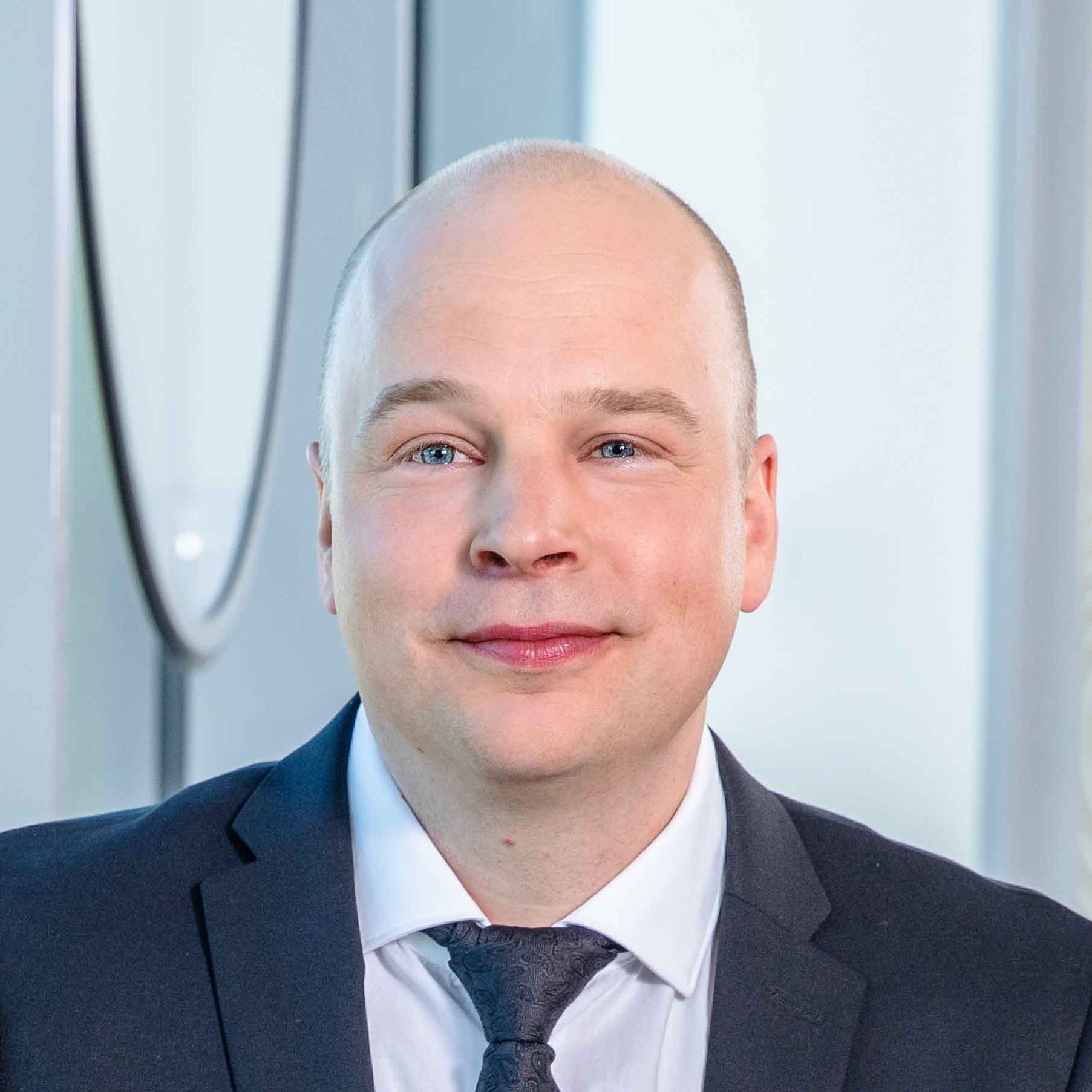
We would like to thank our customers for such a great year - and there are even more of you this year. District heating is also an important part of the energy system of the future, because without it, waste heat from industry, for example, could not be utilised efficiently.
Juho Perkonoja
Director
Heat
Production Services: Energy efficiency and security of supply
The Production Services business unit is responsible for operational and maintenance services for Turku Energy’s affiliate company Turun Seudun Energiantuotanto Oy’s Naantali power plant, Oriketo bioheat plant, Kakola heat pump plant and Turku Energia’s Heat business unit. The goal of Production Services is to reliably, safely and cost-effectively produce and distribute electricity, heat, cooling and steam. Production Services plays a key role in achieving the climate targets of Turku Energy and the Turku region.
The business unit underwent changes in management with Ilpo Miikkulainen assuming his duties as Director on 1 August 2024. His predecessor Juho Perkonoja was appointed Vice President of the Heat business unit after the retirement of Jari Kuivanen.
In 2024, strong fluctuations in electricity prices and rising fuel prices affected the optimisation of electricity and heat production. At the TSE Naantali power plant, use of the electric boiler increased, and the conversion of an old electric steam boiler to electric district heating was also begun during the year. A second electric boiler will be commissioned in 2025. During the summer, there were moments when district heating and cooling were almost entirely electrically produced.
A major step towards fossil-free energy production was taken when the NA3 coal-fired unit at the Naantali power plant was decommissioned on 24 December. The unit will be completely decommissioned, and coal will only be used as a reserve fuel in the future.
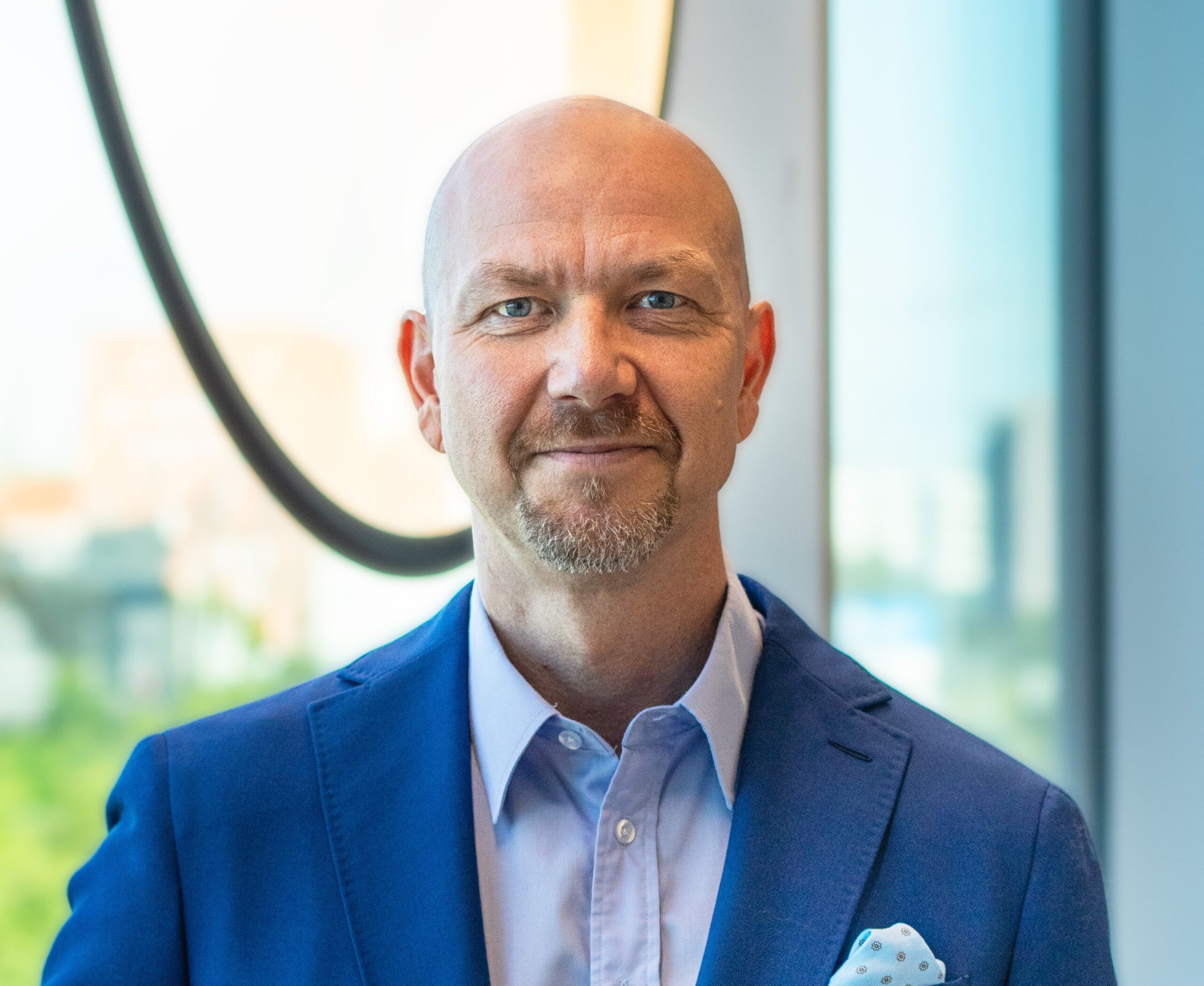
The availability of production facilities remained at a good level. Occupational safety plays a key role in everything we do, and we closely monitor the occupational safety of both our own personnel and contractors. We don’t hesitate to deal with any deviations that we discover. We are not looking for guilty parties - we are looking for ways to prevent accidents at work altogether.
Ilpo Miikkulainen
Director
Production Services
Energy Solutions: Customer numbers and satisfaction on the rise
The Energy Solutions unit provides customers a wide range of products and services such as , solar panels, electric vehicle charging solutions, and a tool for energy management and responsibility reporting. Our customers include private consumers, companies, housing companies, municipalities and public organisations. In addition, the unit is responsible for the Group’s customer service and marketing.
In 2024, the price levels of electricity contracts remained significantly lower than the spikes during the energy crisis. In the Finnish area, the average Spot rate of electricity was 45.6 euros/MWh, which meant a decrease of almost 20 per cent from the previous year (-10.9 euros/MWh, -19.3%). Although there were very low-cost periods in Spot rates, rates fluctuated widely, as increased wind production and reduced co-generation and condensing electricity capacity made prices even more weather-dependent. As a result of low Spot rates, consumer interest in exchange electricity contracts clearly increased, but fixed-term fixed-price contracts remained popular.
Customer numbers saw a major increase in both the consumer and corporate sectors also during 2024. Even though consumer interest in solar panels fell as electricity prices decreased and interest rates increased, companies continued to invest in solar energy. Turku Energia’s most extensive solar energy project was the construction of a ground-mounted solar power plant for a company operating in the Turku economic area The plant has almost 8,000 solar panels covering an area of four hectares.
Demand for electric vehicle charging solutions continued to rise as electrification of transport maintained its steady growth. Charging solutions were procured in particular for housing companies and businesses. Companies and housing companies were interested in responsibility and energy-saving opportunities.
Our customer service satisfaction was excellent based, as the Net Promoter Score measuring customer service satisfaction remained very high.

We would like to thank our customers for their trust, as the number of customers we have increased significantly in 2024. This shows that the energy solutions we offer are more responsive to their needs.
Harri Salo
Sales Director
Energy Solutions
Turku Energia Sähköverkot Oy: Record year in security of supply
Consumption of electricity in Turku Energia Sähköverkot Oy's (TESV) network area decreased by 2.2 per cent compared to the previous year. On average, were increased by 8%. Despite the increase, TESV maintained its position among the cheapest network companies in the nation.
At the end of 2024, TESV had 106,288 electricity accounting points, which is 2,583 more than in the previous year. There are estimated to be between 25,000 and 30,000 accounting points in in the TESV network area. A total of 1,576 GWh of electricity was distributed to customers (2023: 1,542 GWh). In addition, a total of 463 GWh was distributed to other DSOs (2023: 443 GWh).
TESV’s security of supply remained at a good level. At the end of the year, the average interruption time per customer was record short - only 6 minutes and 33 seconds (2023: 10 minutes and 14 seconds).
Investments were concentrated on improving and maintaining the transmission capacity and security of supply of the electricity network. The biggest investments were made in the regional network and substations. Investments were made in the Kemppilä substation and the connection between Hirvensalo and Ilpoinen. New medium voltage equipment was delivered to Kemppilä substation and another main transformer was replaced. New 110 kilovolt cabling was completed between Hirvensalo and Ilpoinen. In addition, investments were made in several regional renovation projects.
TESV will replace the electricity meters at almost all of their accounting points in 2025–2028. This project was launched last year with a pilot project. This replacement of meters enables TESV to meet the requirements of the new metering decree with regard to the quarterly measurement obligation, enable more accurate and real-time monitoring of energy consumption for their customers, improve the management of the electricity network and enable a faster response to fault situations.
TESV’s organisation and processes were developed during the year, and this work will continue going forward. This is in response to an upcoming change to the distribution voltage of the medium voltage network, which will be raised to 20 kilovolts. This aims to increase capacity in the distribution network in support of the green transition. Construction is supported by new operating methods and an efficient organisation that supports processes.
Future challenges are related to the Energy Authority’s regulatory model for 2024–2031, which makes it difficult to make the necessary investments in realising the green transition. The challenges of the model are related to network valuation and return on investments, which are not sufficient to make efficient investments or a gain a reasonable return. Due to the new Energy Authority regulatory model, TESV’s performance will deteriorate significantly compared to previous years.
However, the positive developments in customer numbers and investments in the Turku region and a reasonable economic situation create opportunities for developing electricity networks and operations.
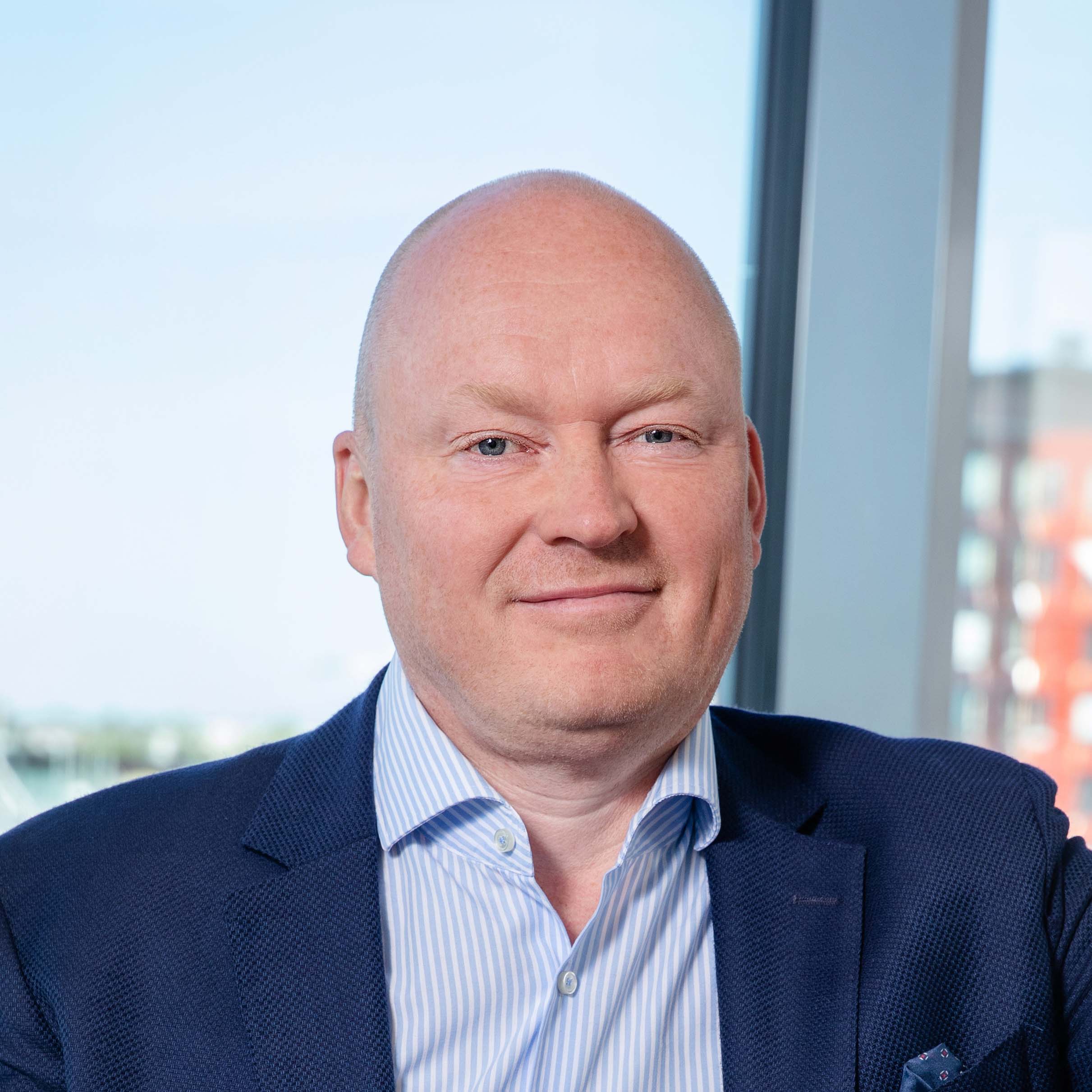
Our delivery reliability was excellent, and our power outage duration was at a record low. This is thanks to long-term network development and investments.
Tomi Toivonen
Managing Director
Turku Energia Sähköverkot Oy
Network Engineering: high-quality and evolving service
The Network Engineering business unit serves the Group in various ways. It produces a majority of Turku Energia Sähköverkot Oy's network construction, installation and maintenance services, maintains the for Turku Energia heat plants and also installs service sales products such as electric vehicle charging solutions. The City of Turku is also a major customer of the Network Engineering unit.
The Network Engineering business unit achieved its financial targets for the year. In addition to economic profitability, the unit’s key objectives include developing and improving the efficiency of its operations and maintaining a good level of operational quality. Network Engineering won several projects through competitive tendering, and the amount of regional renovations, maintenance and renovation work performed at substations was significant. In addition to regional renovations, new street lighting was also installed. Network Engineering designed and built charging solutions mainly for housing companies, but also for businesses. Network Engineering is also the primary contractor of the extensive solar power plant project launched in 2024 at Artukainen.
The unit is responsible for purchasing and managing the Group's vehicles. In 2024, we focused on the electrification of the vehicle fleet to meet our environmental and climate targets. At the end of the year, approximately 30% (2023: 25%) of Turku Energia’s cars and vans were electric or hybrid cars. Vehicles driven by internal combustion engines mainly used renewable diesel for fuel, which helped to significantly reduce the carbon dioxide emissions of Turku Energia’s cars.
The unit maintained a good level of occupational safety, which is an important priority and requirement for the operation of the unit as a whole. A total of three accidents occurred (2023: 6), none of which was serious.
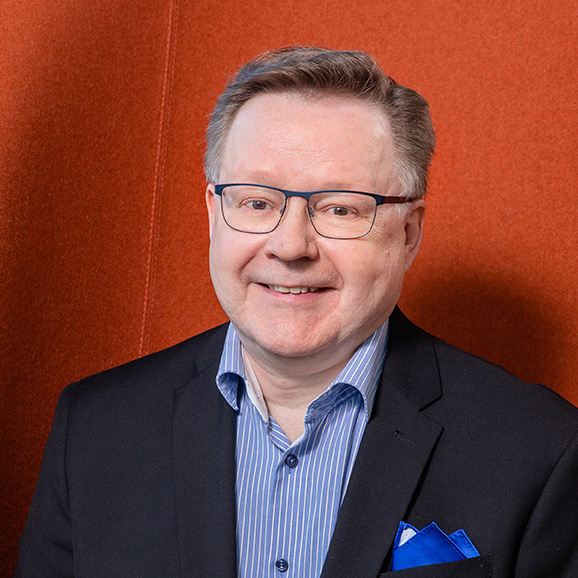
Network Engineering achieved its financial targets and actively developed its operations. The unit was steered by safety, efficiency and responsibility in 2024.
Harri Salminen
Director
Network Engineering